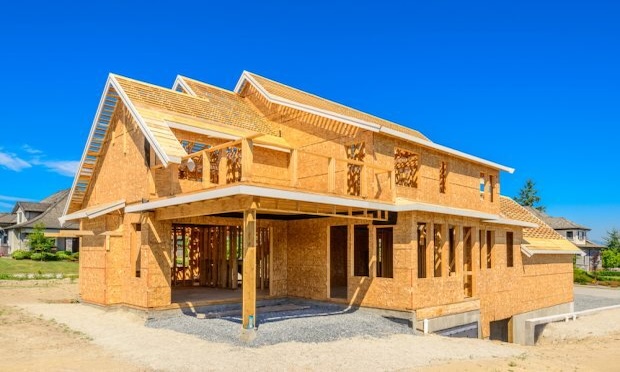
The lower premium for a new house is because builders held prices steady, while existing home prices rose. “The median list price for a newly built home was $450,797 in Q2, essentially flat from a year ago, while the median existing home price rose 2.4% to $418,300. Nationally, new builds averaged $218.66 per square foot, compared to $226,56 for existing homes,” the report stated.
A larger share of for-sale listings for new homes is found in the South and West, giving these regions an affordability edge. However, the West was the only region to experience a year-over-year increase in the new-home premium. Premiums fell in three other U.S. regions, including 30 of the nation’s 100 largest metros. The segment plummeted as builders focused on offering more affordable housing, while more existing homes came up for sale and buyers pulled back due to high mortgage rates and a loss of confidence.
New construction list prices fell the most in Little Rock (down 15.6%), Austin (down 8.5%), Wichita (down 7.9%), Jacksonville (down 7.8%) and Cape Coral (down 7.4%).
“The South continues to lead the nation in housing supply, accounting for more than 50% of both new and existing home listings – outpacing its 39.4% share of U.S. households. It’s also the only region where its share of new builds exceeds its share of existing homes for sale, thanks to high levels of builder activity,” the report noted.
In contrast, the Northeast has the nation’s lowest inventory and a significant shortage of both existing and newly built homes. Along with the Midwest, low inventory and high demand in these regions mean that new homes command prices well above those for existing homes —in many cases, more than 50% higher.
Meanwhile, new construction listings continue to grow on a national level – up 37.3% since 1Q 2020. The increase for existing home listings was just 15.4%. “That influx of existing home listings has diluted the overall share of new homes for sale on the market, now down to 16.4% in Q2, from its quarterly high of 20.2% in 2023 Q2, and 17.9% a year ago,” the report noted.
The new price structure has created new opportunities for buyers. In large metros like Los Angeles, New York and Miami, demand for new builds comes mainly from out-of-town buyers, while in middle-tier cities, demand comes chiefly from local shoppers. Buyers accustomed to high volumes of new construction in their hometowns prefer the new to the old, even if they move to other metros.